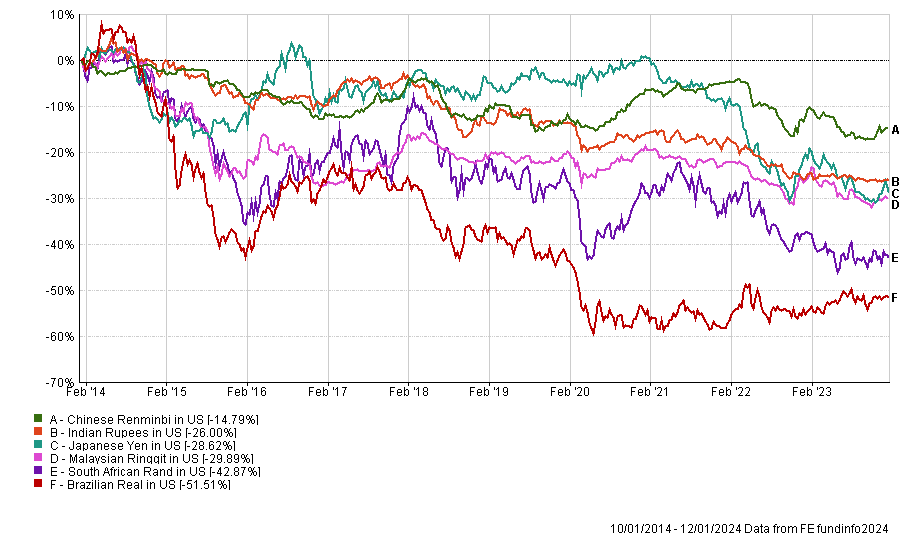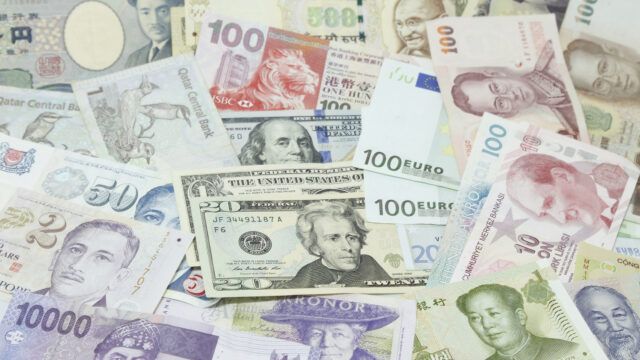GMO LLC, the $60bn investment firm founded by Jeremy Grantham, has joined the growing list of asset managers who have turned bullish on emerging market local currency debt.
The investment manager, which generally follows the founder’s investment philosophy whereby all asset classes eventually revert to their mean historical highs and lows, now believes that emerging market local debt is at a “generationally attractive entry point”.
This is according to a report written by GMO’s emerging market debt team, where the authors argue that valuations, growth, and interest rate differentials all bode well for the asset class.
“The USD overvaluation is at relatively extreme levels, likely to provide a strong ongoing tailwind for non-dollar assets in general,” said Victoria Courmes, the main author of the report.
“We believe EM local debt can be a powerful way to capitalize on this, as a supplement to both EM equities and other asset classes.”
Indeed, over the past decade, most major emerging market currencies have experienced significant declines against the US dollar, which has been exacerbated in the past two years by rising US interest rates.

But this trend could be set to reverse and provide a boost to emerging market investments, according to Courmes.
“We believe that for relative value, diversification, and potential alpha reasons, EM local currency debt deserves a prominent place in portfolios today,” she said.
“The USD takes roughly decade-long swings relative to global currencies, wielding a significant impact on returns to USD-based assets relative to non-USD assets.”
“When the dollar is cheap, as it was around 2011, its rise drained returns to foreign stocks and bonds. But, when it’s rich, as it is now, its decline portends a boost.”
The team said that the valuation of emerging market currencies relative to the US dollar based on a Behavioral Equilibrium Exchange Rate, makes it prime for a mean reversion.

The Behavioral Equilibrium Exchange Rate adjusts the exchange rate for structural changes in country fundamentals such as rising per-capita GDP, terms of trade, and other factors that affect a currency.
Aside from valuation, they also identified the interest rate differential between EM and DM currencies as another important factor.
They pointed out that nominal and real interest rates are at relatively high levels, as they were during the period between 2004 and 2011.
“It’s extremely rare to get this combination of cheap currencies with high rates – and it doesn’t generally last long,” the report said.
“Going forward, we see many factors currently in place that are bullish for EM local debt— arguably the best set of conditions we have seen in twenty years, based on valuations, diversification considerations, and alpha potential,” it added.

















